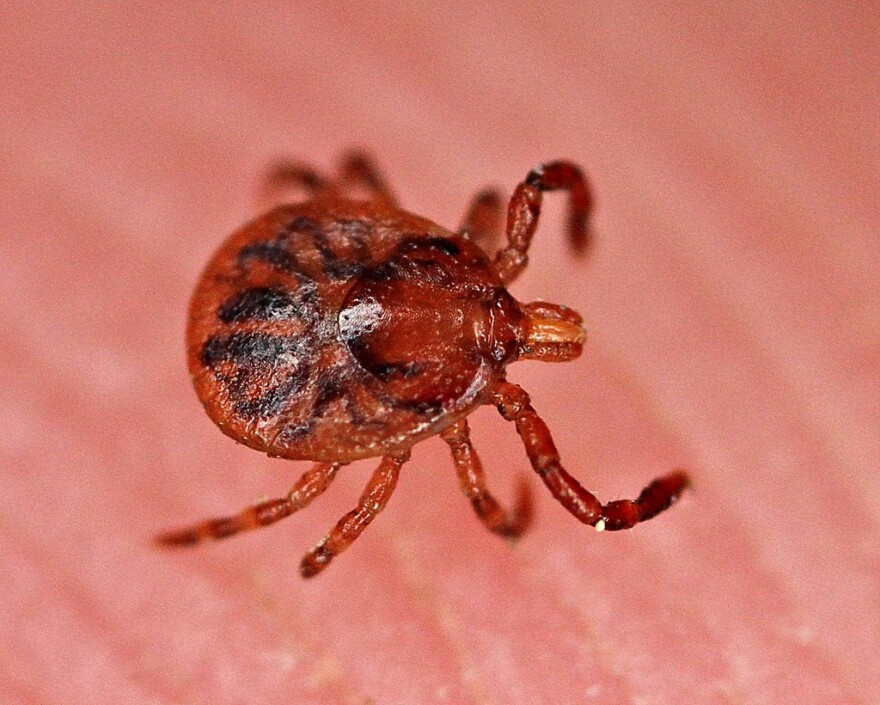It took 93 people 10 years to complete, but a team led by Purdue University scientists has finally sequenced the deer tick genome, an achievement that may uncover better ways to prevent illnesses such as Lyme Disease.
Ticks transmit a huge number of pathogens and parasites that kill thousands of humans and animals each year. But partly because of its long, complicated genome, the tick is also a somewhat neglected area of study.
The deer tick is the first tick species to have its genes decoded. Purdue Professor of Medical Entomology Catherine Hill says that mapping is an important first step for public health officials.
“We have decoded the genome,” Hill says, “so now we have the blueprints to understand the biology of the tick and to understand how it transmits diseases.”
Now that scientists can pinpoint which tick proteins enable disease-transmitting traits, Hill says, they can target those traits and try to create genetically-modified ticks without those markers, “perhaps [by] editing out the genes that enable a tick to transmit a pathogen, so we have populations of ticks that aren’t able to transmit Lyme Disease or Babesiosis, for instance.”
Hill also says the information could also help create new bug repellents that interfere with how ticks find their prey.
“Ticks rely on smell to find their hosts, so one of the things we might be out to do now is design better repellents to disrupt them from their ability to find a host.”
Hill, a tick lover whose office door is decorated with cartoon pictures of the creatures dancing and drinking bloody mary’s, also says the sequencing can explain interesting aspects of tick biology. For example, the arachnids can build a new exoskeleton in the process of consuming 100 times their weight in blood (roughly equivalent to a human drinking an entire swimming pool of the stuff.) Ticks also are able to latch onto their hosts and feed for days and even weeks, compared with other insects, such as mosquitos, who get their meals on-the-fly.
During feeding, the arachnids can swell from the size of a freckle to a small grape.
The findings appear in the latest edition of the journal Nature Communications.






